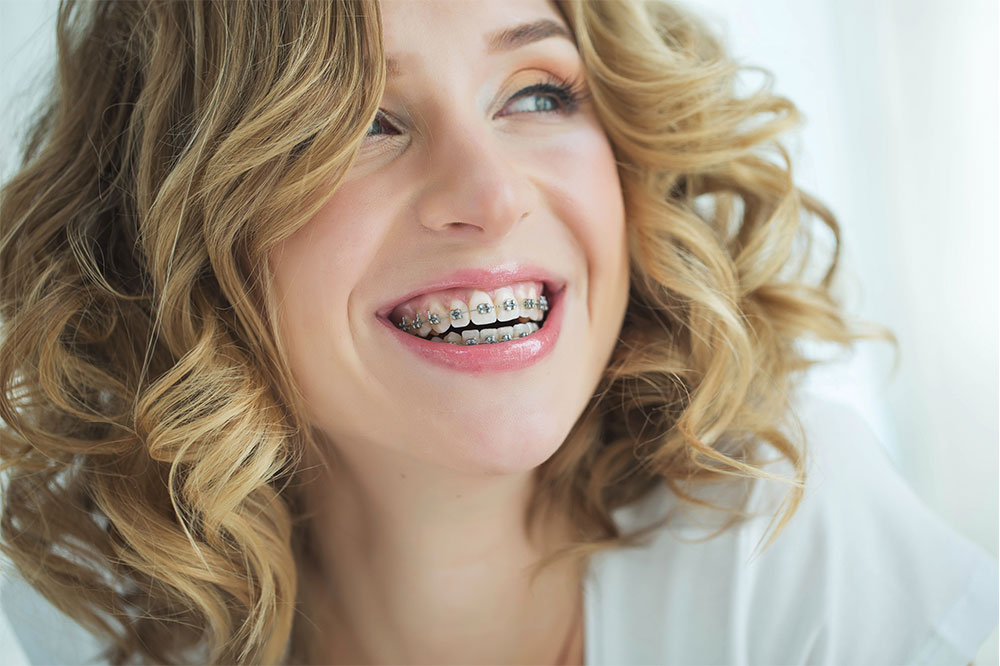Comprehensive Guide to Correcting Crossbite Malalignment: Effective Treatment Strategies for All Ages
This comprehensive guide explores various effective strategies for correcting crossbite malalignment, including orthodontic options like braces, restorative procedures, and surgical interventions. Suitable for all age groups, the article emphasizes early intervention and personalized treatment plans to prevent complications such as jaw pain, uneven wear, and facial asymmetry. It discusses the importance of maintaining oral hygiene during treatment and consulting skilled professionals to achieve optimal results, making it an invaluable resource for anyone seeking to improve their dental health and bite alignment.

Understanding Crossbite and Its Impact on Oral Health
A crossbite is a common dental malalignment where one or more of the upper teeth fall inside the lower teeth when biting down. This condition can occur on one side of the mouth (unilateral crossbite) or on both sides (bilateral crossbite). It frequently results from developmental issues, genetic factors, or thumb-sucking habits during childhood. If left untreated, a crossbite can lead to uneven wear of tooth surfaces, chipped or fractured teeth, jaw pain, temporomandibular joint (TMJ) disorders, and even facial asymmetry due to abnormal jaw positioning. Recognizing and addressing a crossbite early can prevent these complications and promote healthier oral function.
Effective treatment options for crossbite correction depend on age, severity, and overall dental health. These range from non-invasive orthodontic interventions to complex surgical procedures, requiring a personalized approach for optimal results. Early intervention in children often yields the best outcomes, preventing long-term complications. For adults, corrective options may involve more complex procedures due to fully developed jaw structures but are still highly effective when properly managed. Understanding the available treatment modalities can help patients and their families make informed decisions about dental health and ensure a comfortable, successful correction process.
Orthodontic Treatments for Crossbite Correction
Braces are one of the most common and effective methods for correcting crossbite, especially in pediatric patients. They function by applying gentle, continuous pressure to move teeth into proper alignment over time, resulting in an improved bite and enhanced facial aesthetics. Modern braces, including traditional metallic, ceramic, and clear aligners, offer various options tailored to comfort and cosmetic preferences. Treatment duration typically ranges from several months to a few years, depending on severity. Regular adjustments by an orthodontist ensure steady progress, and maintaining good oral hygiene during this period is essential for preventing dental issues such as cavities and gum disease.
In addition to braces, early dental intervention might involve minor tooth extractions to create adequate space for realignment, especially in cases where crowded teeth hinder movement. Extractions are strategically performed to facilitate better positioning of remaining teeth and improve overall arch form. Restorative procedures such as bonding, reshaping, or crowns may be employed for minor misalignments and cosmetic correction, enhancing the aesthetic outcome without extensive orthodontic therapy.
Surgical and Advanced Procedures for Severe Crossbite Cases
While orthodontic treatments are effective for most cases, severe or complex crossbites often require surgical intervention, especially in adults whose jaws are fully developed. Surgical options aim to reposition the jaw bones to achieve proper alignment and functional occlusion. One common procedure is jaw surgery, which involves making precise cuts to the upper or lower jawbones, repositioning them, and stabilizing them with plates and screws. Postoperative orthodontic treatment is typically necessary to fine-tune the bite and ensure stability.
Another minimally invasive option is the use of palatal expanders, which are designed to widen the upper jaw. These devices are attached to the teeth and gradually expanded using a key, typically worn at night, to increase the arch width and correct crossbite. This is especially useful in growing children and adolescents. Additionally, headgear appliances apply gentle external pressure to influence jaw growth and alignment, particularly beneficial during active growth phases for maximal correction.
Maintaining excellent oral hygiene throughout treatment is crucial to avoid complications such as decay or gum disease. Regular dental checkups and adherence to orthodontist or surgeon instructions will help secure the best possible outcome. For individuals considering crossbite correction, consulting with a qualified dental specialist is essential to determine the most appropriate and effective treatment plan tailored to their specific needs.




